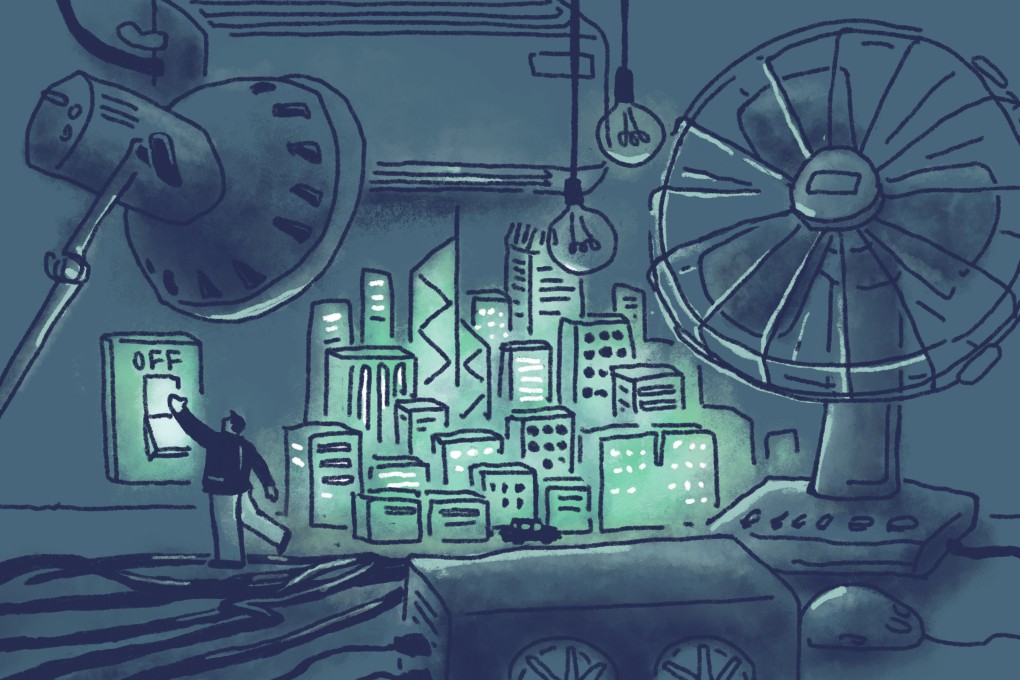Advertisement
From AI to cooling paint: how smart tech helps Hong Kong buildings cut the cost of staying green
- Buildings account for about 90 per cent of electricity consumption in a city famed for its densely packed skyscrapers
- Developers, landlords and construction firms are using the latest technologies to address the environmental impact
Reading Time:6 minutes
Why you can trust SCMP
2

Deep within the bowels of Exchange Square near the southern shore of Victoria Harbour, sitting about five metres under one of Hong Kong’s most vital buildings, a subterranean system is noisily transforming how one of the world’s most crowded cities cools itself – and reduces its carbon footprint in doing so.
Seawater from the harbour is pumped directly in to cool the air-conditioning system of Exchange Square, which houses the city’s financial market place and several consulates among its three office blocks and a shopping centre. Around 64,000 cubic metres of seawater flows through the system every day – enough to fill 26 Olympic-sized swimming pools.
The system uses up to 35 per cent less energy than conventional air-cooled systems, a major saving for the owner, Hongkong Land, which uses almost half of its energy consumption in Central district alone on air-conditioning.
“We pioneered the direct seawater cooling system in Hong Kong,” said Hongkong Land’s technical manager, Derek Chan, amid the heavy thrum of the underground plant room during a tour of the developer’s Central portfolio. “The chiller plants are controlled automatically now, so you won’t find any operator stationed here.”

Hongkong Land, a unit of the Jardine Matheson conglomerate, has been using seawater since 1963 to cool its 450,000 square metres of real estate closest to the iconic harbour. The effort is monitored and managed from the top floor of Two Exchange Square, where artificial intelligence, machine learning, the Internet of Things (IoT) and other 21st century technological applications congregate in a 400-square metre command centre for the company’s portfolio of 12 buildings in Central.
All this helped the developer achieve a 30 per cent energy saving and a 40 per cent reduction in carbon emissions at the end of 2021 compared with 2008 when it conducted its first comprehensive energy audit.
Advertisement